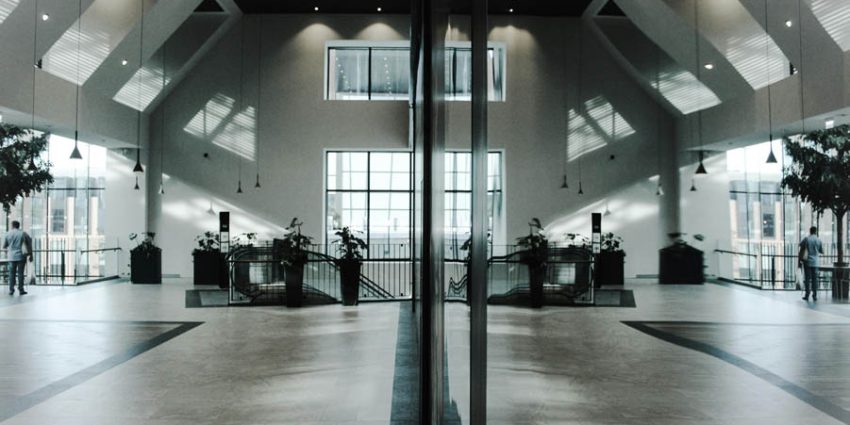Winter may bring cozy vibes and snowy wonderlands, but it’s also tough on your floors. From muddy boots to melting snow, the colder months demand a little extra care to keep your flooring in tip-top shape. With some foresight and a few smart habits, you can protect your investment while maintaining a warm, inviting home.
Start at the Door Your First Line of Defense
The battle against winter damage begins at your entryway. Install quality doormats both inside and outside to catch dirt, snow, and moisture before they spread. Encourage everyone to remove their shoes upon entering. Better yet, provide a designated spot for boots to dry off—complete with a waterproof tray or mat.
Keep It Clean – Daily Maintenance Tips
Winter dirt and debris are relentless, but a little daily upkeep goes a long way. Use a soft-bristle broom or a vacuum with a hard floor setting to sweep up salt and grime. These particles can scratch and dull your flooring if left unchecked.
For stubborn spots, wipe them down with a damp microfiber cloth. Avoid soaking your floors, as excess water can seep into cracks and cause warping.
Winter-Friendly Floor Hacks
Here are a few additional tricks to shield your floors from seasonal wear and tear:
- Use furniture pads to prevent heavy items from scratching your floors as you rearrange for holiday gatherings.
- Lay area rugs in high-traffic zones to act as a buffer against slush and mud.
- Invest in a good mop with a wringing mechanism to remove moisture without overwetting.
These small changes can make a big impact during winter months.
Control Humidity Levels
Winter air is notoriously dry, and your flooring can feel the effects. Wood floors, in particular, are prone to shrinking and cracking when exposed to low humidity. Use a humidifier to maintain an indoor humidity level of 30–50%.
At the same time, keep an eye on heating systems. Radiant floor heating can dry out certain materials, so adjust settings to ensure your floors stay both warm and well-preserved.
Spotlight on Floor-Specific Care
Each flooring material has unique needs during winter:
- Hardwood: Reapply a protective finish to guard against water and salt damage.
- Carpet: Vacuum regularly and address stains immediately to avoid buildup from wet shoes.
- Tile: Seal grout lines to prevent water from seeping in and causing damage.
By tailoring your approach to the type of flooring you have, you can extend its lifespan and keep it looking its best.
Pro Tips for Winter Floor Protection
- Place runners in hallways to minimize wear in high-traffic areas.
- Rotate rugs periodically to ensure even distribution of foot traffic.
- Use a dedicated floor cleaner designed for your flooring type to avoid unnecessary damage.
These practical steps ensure your floors remain durable and visually appealing throughout the season.
Conclusion
Protecting your floors in winter isn’t just about aesthetics—it’s about preserving their integrity and efficiency. By preparing your entryways, maintaining cleanliness, and addressing the specific needs of your flooring, you’ll keep your home cozy and damage-free during the colder months. A little care now saves a lot of repair later.

